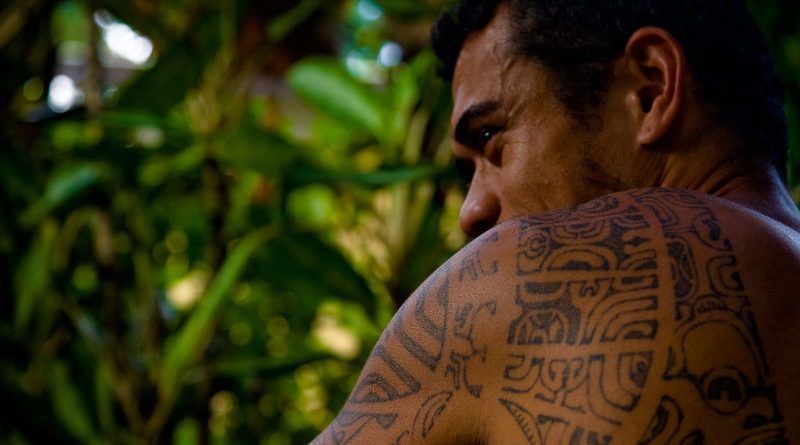The Tatoo: Pacific Origins
Polynesians have long adorned their bodies with tattoos which have strong cultural significance .Facial tattoos defined status or leadership in a community. It was believed a tattoo on the ankle would ward off shark attacks as these were common among the maritime dependent peoples of the Pacific.
Warriors would have full body tattooing as a protective armor to show they had cosmological security in battle and to impress the opponent.
Tattooing was also done for initiation into a different status in life. When you went from young girl to woman in Fiji, for example, you would be tattooed around the hips and the waist and you received a special fiber skirt .
When Captain Cook befriended the great Tahitian navigator, Tupaia, the Tahitians described Cook’s journal entries as tattoos on paper rather than the skin.
The facial tattooing from New Zealand was seen as very violent as it highlighted how many battles you’ve won or kills you’ve made. These were all recorded on the skin.
Tatooing was suppressed by missionaries who wanted bodies to be covered up and it was banned in New Zealand between 1907 and 1962.




